Cats have been cherished companions for thousands of years, yet many aspects of their behavior remain mysterious to us. One particularly intriguing habit that often perplexes cat owners is their penchant for curling up in tiny, secluded nooks. Despite the abundance of cozy beds and spacious rooms, cats seem to find comfort wedged inside boxes, bathroom sinks, and other tight spaces. Understanding the reasons behind this behavior offers a fascinating glimpse into the biology and psychology of our feline friends.
Instinctual Protection
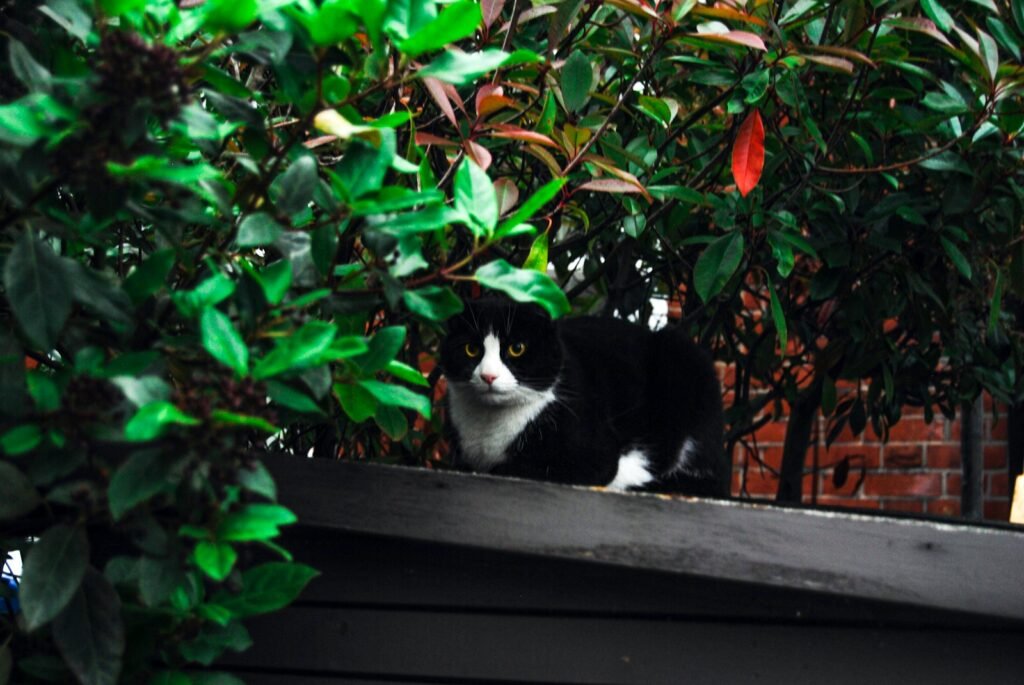
For cats, the instinct to hide in small spaces is largely protective. In the wild, cats seek out hidden spots to avoid predators, allowing them to rest safely and remain unseen. This behavior is deeply ingrained in their DNA, with many domestic cats displaying similar instincts. By retreating into confined areas, they create a physical barrier against potential threats, fulfilling a natural need for security despite living in a safer domestic environment.
Temperature Regulation

Cats are adept at regulating their body temperature, and seeking warm, enclosed spots is one way they accomplish this. Smaller spaces often have a higher concentration of insulation, retaining the feline’s own body heat and cocooning them in comfort. Especially in cooler climates or during cold nights, these snug areas provide the warmth they crave without any expenditure of energy.
Comfort and Relaxation
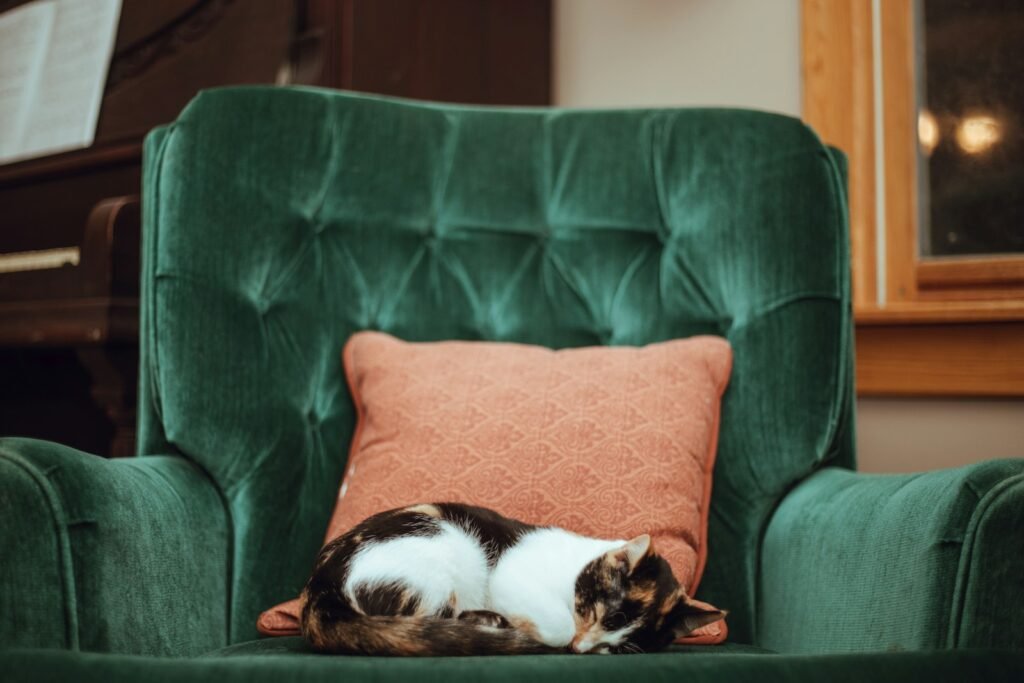
Beyond protection and warmth, small spaces can mirror the comforting enclosures of a nest. Surrounded by soft surfaces, cats feel sheltered and tranquil, which is why many kittens bond with blankets or similar textures. This behavior transitions into adulthood, demonstrating the enduring nature of their formative environments in shaping preferences.
Personal Territory
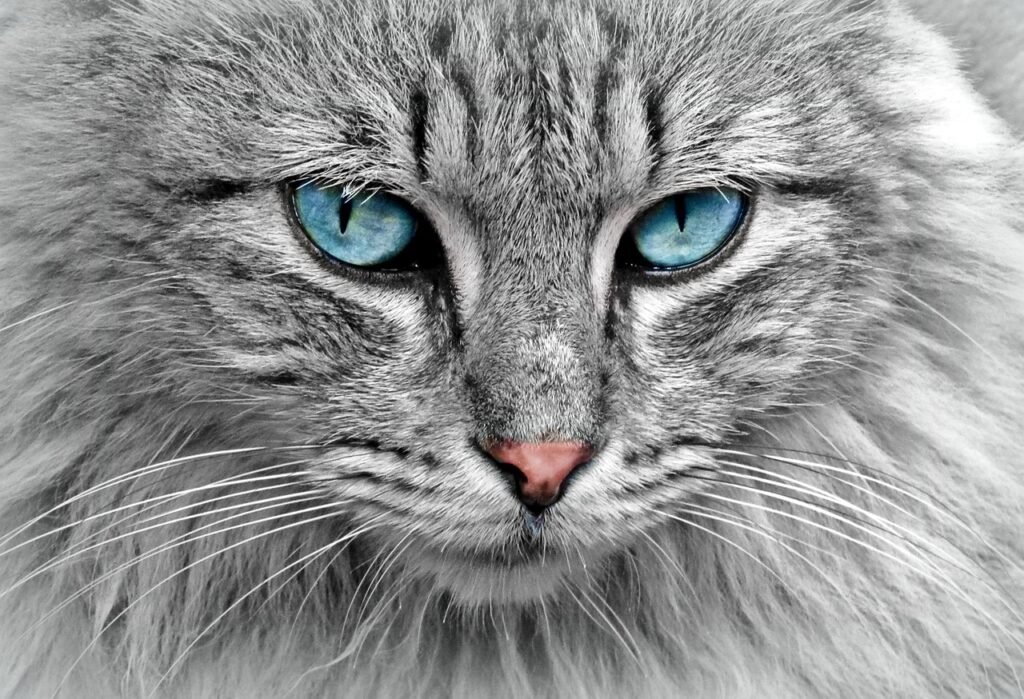
Cats are territorial animals, often viewing their home as a collection of spaces they can claim. Small spaces offer a defined area that cats can mark as their own, free from the interference of other pets or humans. This sense of ownership is critical in reducing stress, as it allows them to establish a zone where they can retreat at will.
Observation Advantage
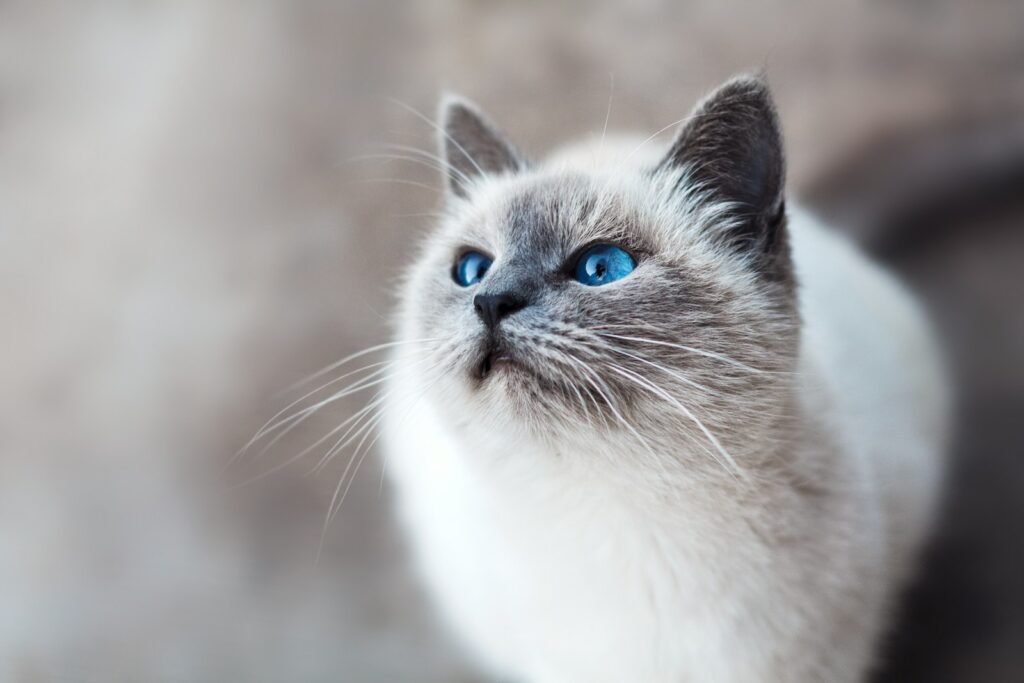
Enclosed spaces afford cats an ideal vantage point from which to observe their environment without being in full view themselves. This strategic advantage allows them to survey potential activity or threats discreetly before deciding whether to engage or stay hidden. This observational behavior is reminiscent of stalking prey in the wild, showcasing their predatory instincts in a domestic setting.
Behavioral Enrichment
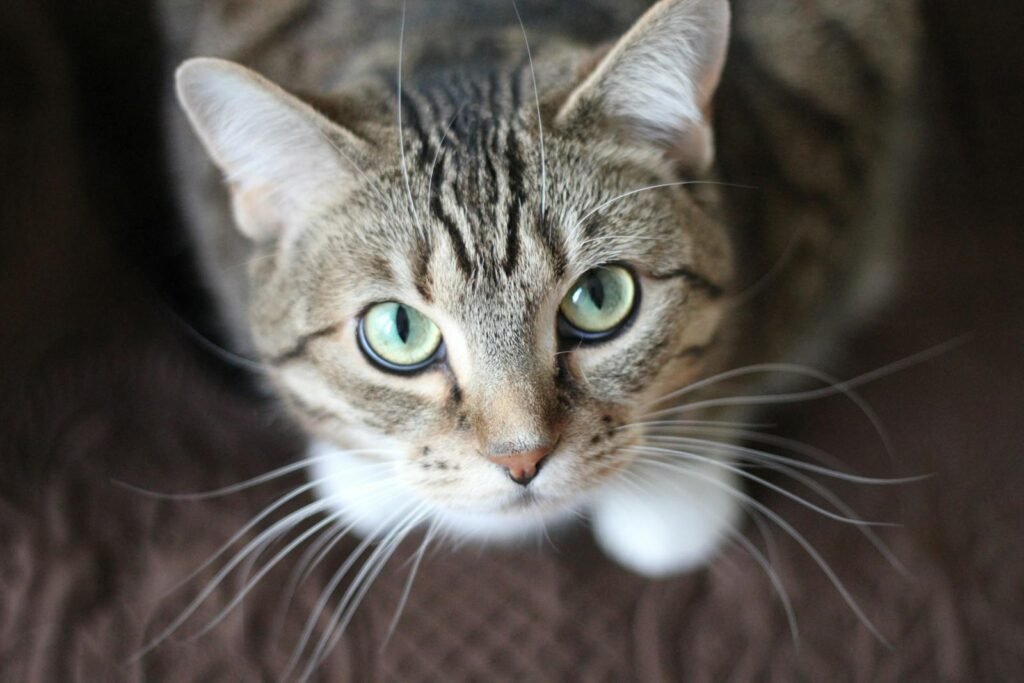
Hiding in small spaces also serves to enrich a cat’s environment. By exploring and manipulating various objects, and eventually finding the perfect hiding spot, cats engage their senses and satisfy exploratory needs. This active engagement is crucial for mental stimulation, especially for indoor cats who have fewer sensory challenges compared to their wild counterparts.
Stress Reduction
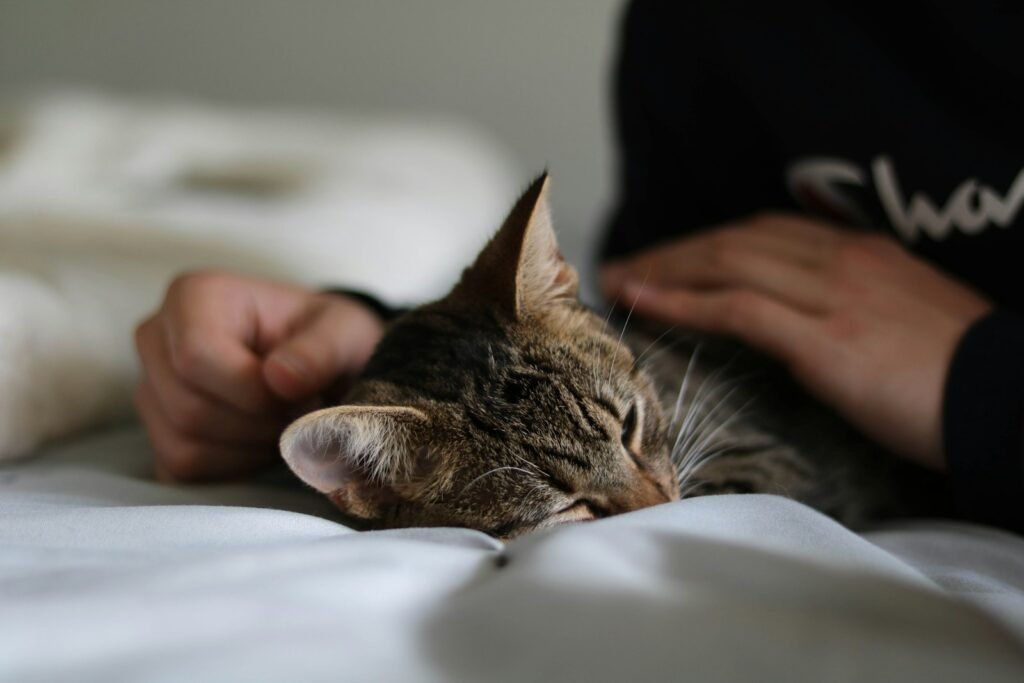
When faced with stressors such as houseguests, loud noises, or other changes in their environment, cats instinctively seek solace in hidden quarters. These refuges provide a respite from overwhelming stimuli, allowing their adrenal systems to recover while they regain a semblance of control over their immediate environment.
Feline Playfulness
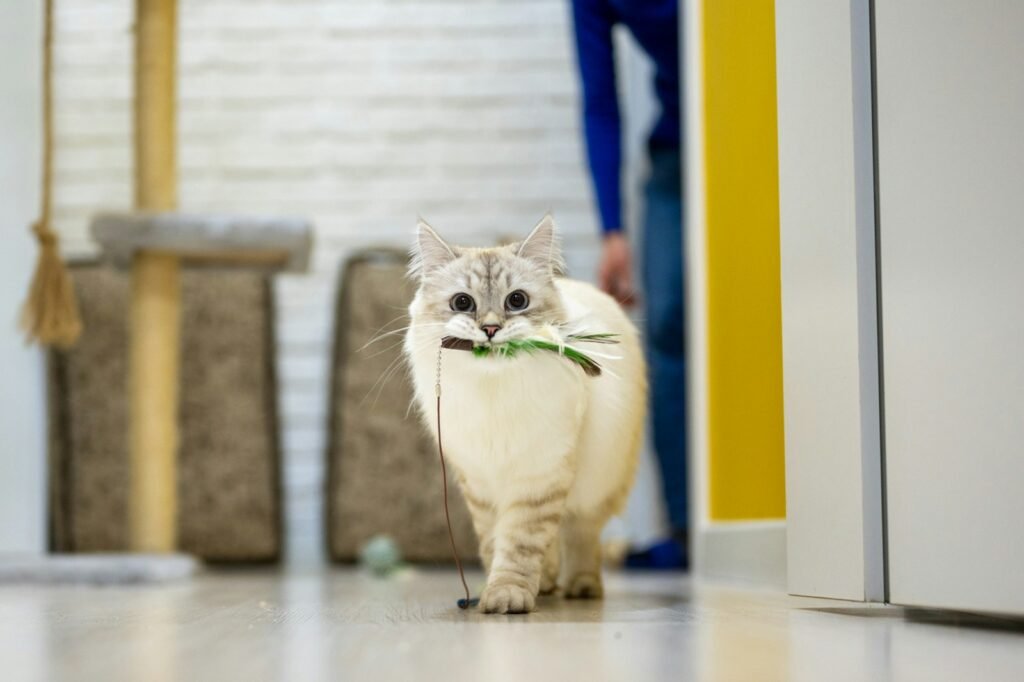
Cats are playful creatures, and squeezing into tight spaces often doubles as a game. The unpredictability of cramming into odd spots can be both amusing and exhilarating for them—much like children building forts or exploring play tunnels. This playful behavior fosters emotional and psychological wellbeing, keeping domestic cats engaged and content.
Understanding and Acceptance
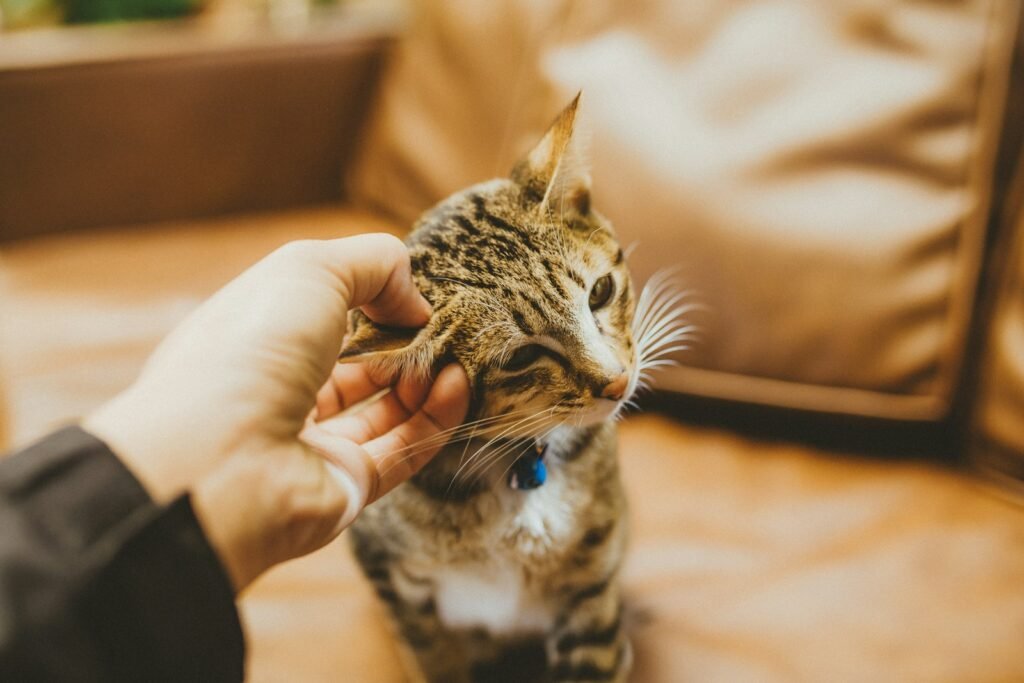
As pet owners, recognizing and respecting a cat’s need for spaces that they can call their own is critical. Providing structures such as covered beds, cat trees with hideaways, and even simple cardboard boxes can greatly enhance their living environment. By doing so, owners not only accommodate a cat’s natural instincts but also foster a deeper bond, understanding, and trust.
Conclusion
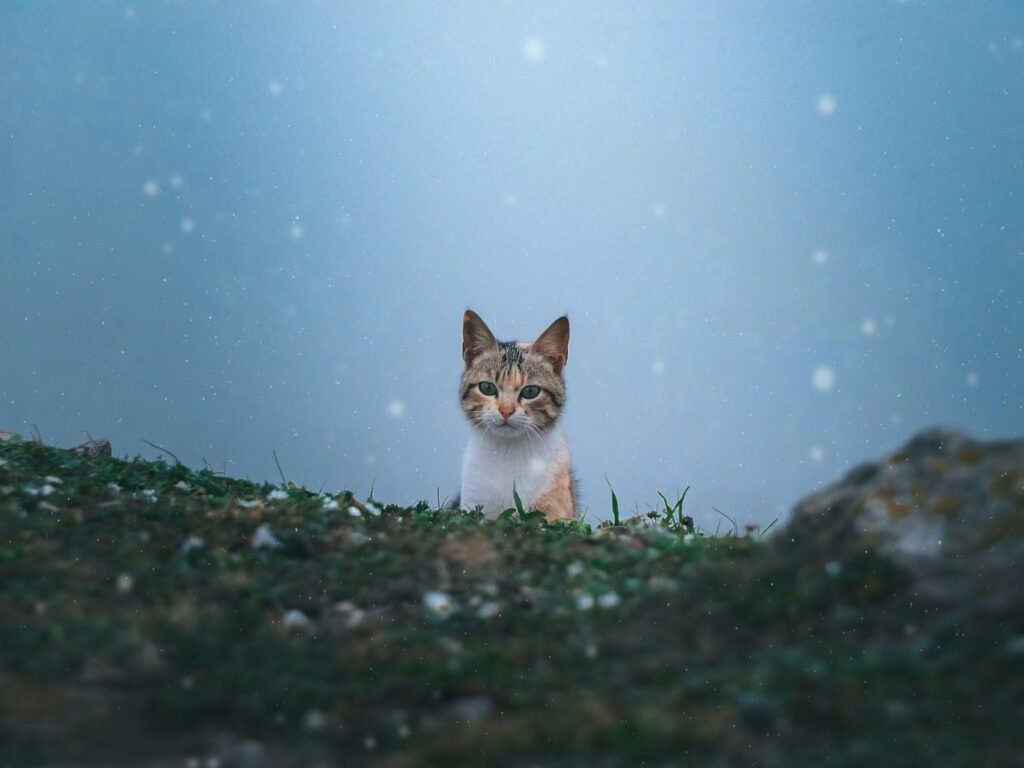
The propensity of cats to seek out small hiding places is an intricate blend of evolutionary instincts, sensory needs, and behavioral enrichment. These cozy corners offer more than just physical comfort; they provide mental solace and a canvas for expressing innate feline traits. By acknowledging and supporting this aspect of their nature, owners can better cater to their cats’ emotional and psychological requirements, promoting a harmonious and fulfilling companionship.
Hi, I’m Bola, a passionate writer and creative strategist with a knack for crafting compelling content that educates, inspires, and connects. Over the years, I’ve honed my skills across various writing fields, including content creation, copywriting, online course development, and video scriptwriting.
When I’m not at my desk, you’ll find me exploring new ideas, reading books, or brainstorming creative ways to solve challenges. I believe that words have the power to transform, and I’m here to help you leverage that power for success.
Thanks for stopping by, Keep coming to this website to checkout new articles form me. You’d always love it!






